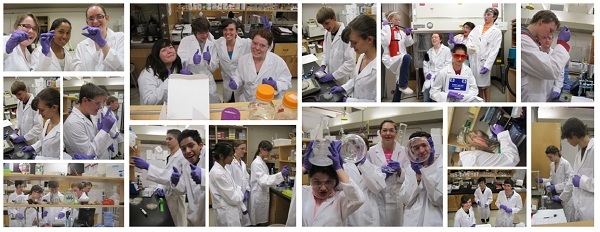Team:Lethbridge Canada
From 2012hs.igem.org

| Home | The Team | The Project | Results | Human Practices | Notebook | Safety |
|---|
Introduction |
| Insulin is a hormone produced by pancreatic beta cells that causes cell membranes to become more permeable to glucose. It helps regulate blood sugar levels in the body; more is secreted as more sugar enters the bloodstream after a meal is consumed. Insulin and glucagon (another pancreatic hormone that increases blood sugar levels) are partners in the negative feedback loop that control the body’s blood sugar concentration.
1) Construct 1 focuses on the glucose sensing and gene regulating mechanism. We will implement the global respressor Mlc in order to control the rate at which the insulin gene is transcribed. 2) Construct 2 focuses on insulin production and release. |
Sponsors
|
 "
"

